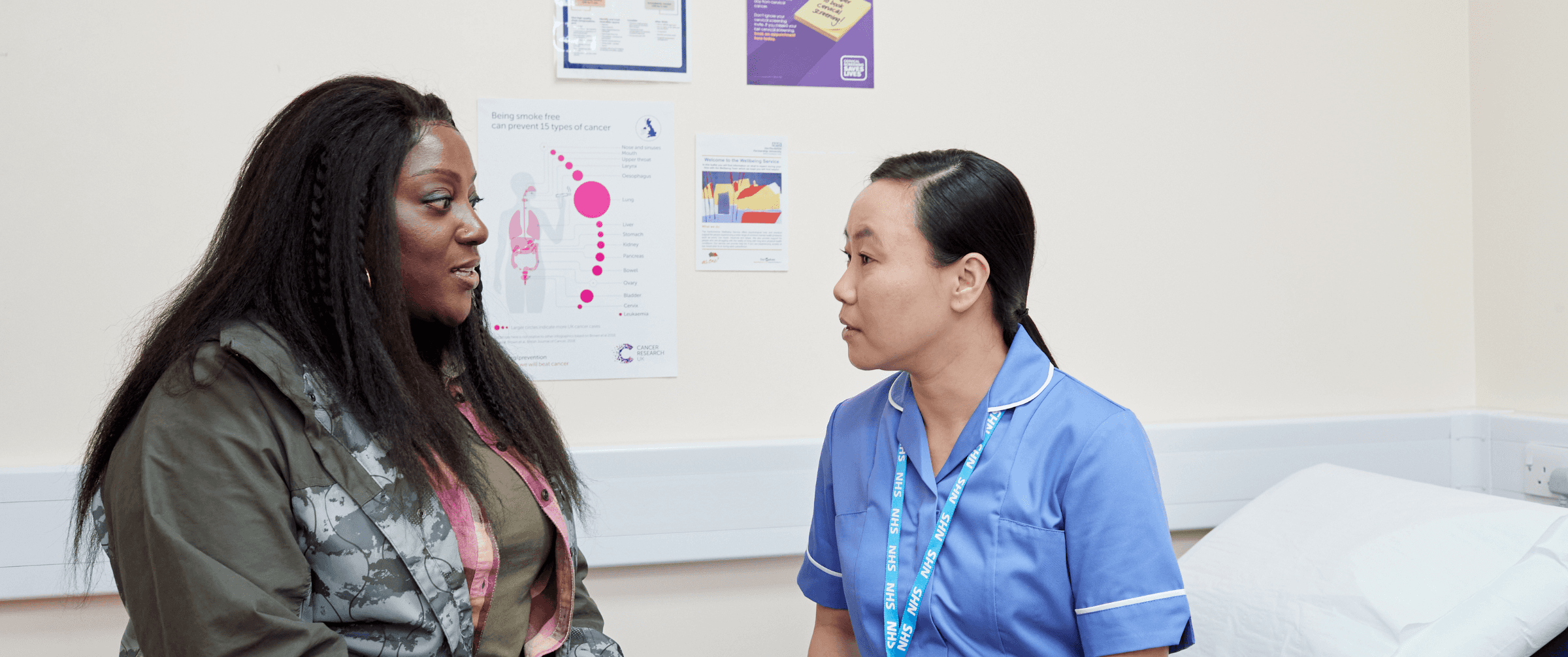
Last reviewed: 30 June 2025
Last reviewed: 30 June 2025
Cervical screening is available to anyone with a cervix between the ages of 25 to 64 in the UK. The cervical screening test can identify people with HPV infection and facilitates the identification of changes to cells in the cervix which could develop into cancer if left untreated.
Cervical screening saves at least 2,000 lives each year in the UK.
Now that human papillomavirus (HPV) primary testing and vaccination have been implemented across the UK, we can expect to see cervical cancer incidence decrease even further, with more lives predicted to be saved.
There are several factors which affect eligibility for cervical screening as well as barriers to access which disproportionately affect different demographics. We’ve updated our Cervical screening good practice guide to help health professionals provide the right information to patients, so they can make an informed choice about participation.
Download our cervical good practice guide(PDF, 1.57 MB)
Read about primary human papillomavirus (HPV) testing and cervical screening coverage.

The latest evidence on barriers and resources to support informed choices.

Covers extending screening intervals, self-sampling and wider quality improvements.
England: GOV.UK
Wales: Public Health Wales
Scotland: Public Health Scotland and NHS National Services Scotland
Northern Ireland: Public Health Agency
Find out what cervical screening is, who’s eligible and how to get tested.
Read our public cervical screening informationLandy, R., Pesola, F., Castañón, A. et al. Impact of cervical screening on cervical cancer mortality: estimation using stage-specific results from a nested case–control study. Br J Cancer 115, 1140–1146 (2016). https://doi.org/10.1038/bjc.2016.290
Bains I, Choi YH, Soldan K, et al Clinical impact and cost-effectiveness of primary cytology versus human papillomavirus testing for cervical cancer screening in England International Journal of Gynecologic Cancer 2019;29:669-675. https://ijgc.bmj.com/content/29/4/669
Stay up-to-date with the latest cancer research information.